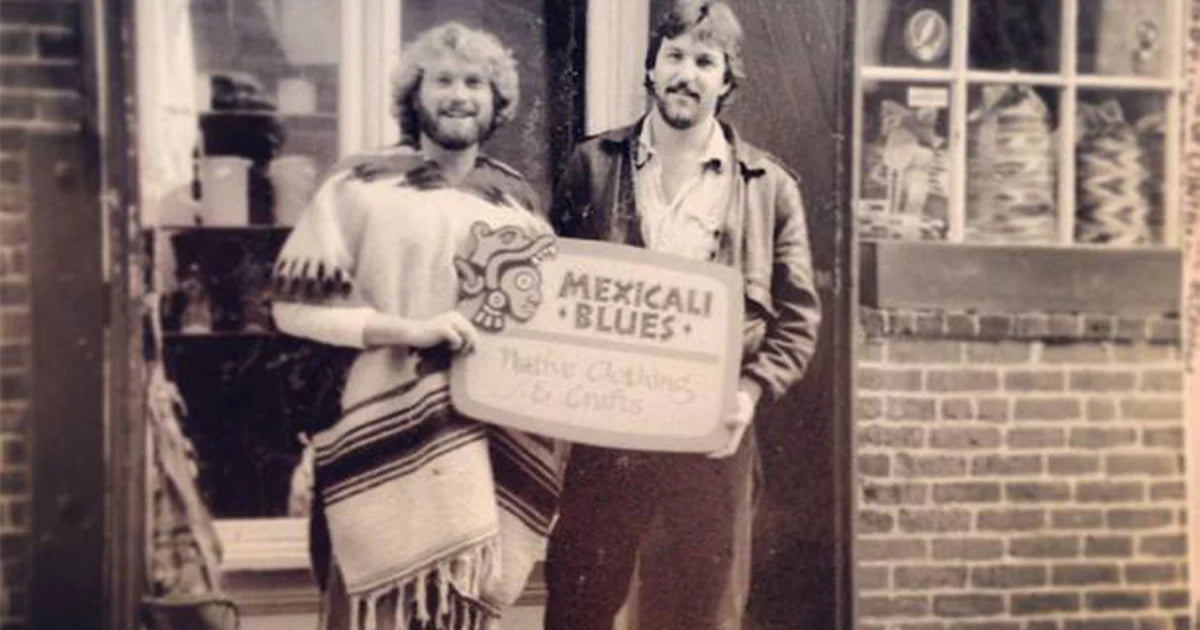learn more
our stories
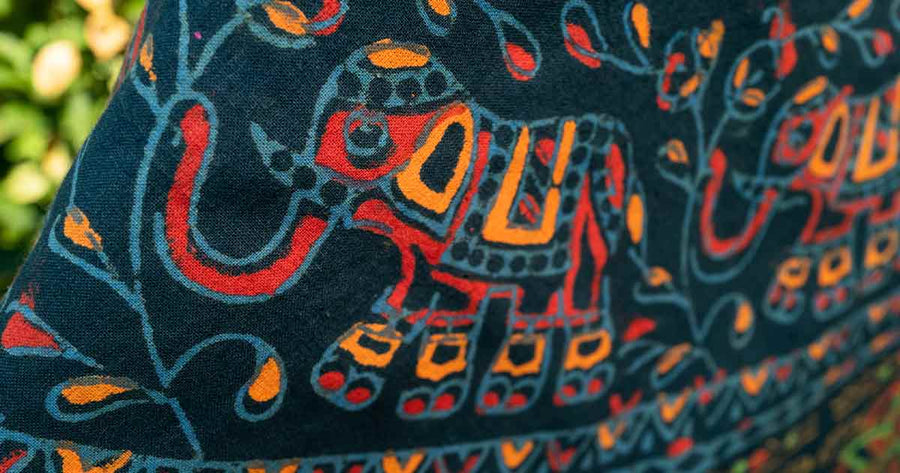
Elephant Symbolism: Meaning of the Elephant as an Animal Totem
- Aug 29, 2022

What Are Tibetan Prayer Flags? An Ancient Way to Spread Good Vibes 💫
- Dec 10, 2021
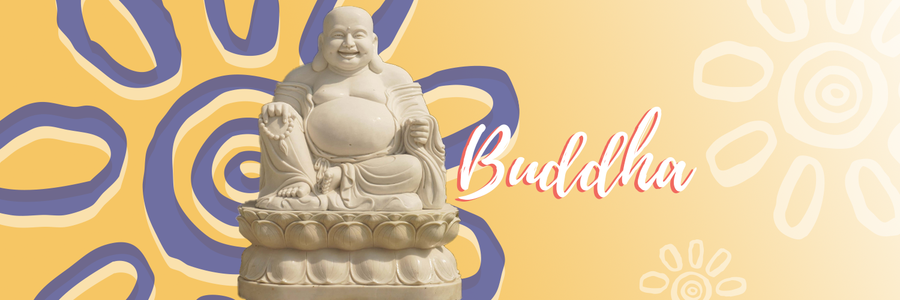
The Happy Buddha: Symbolism across Cultures
- Sep 8, 2020
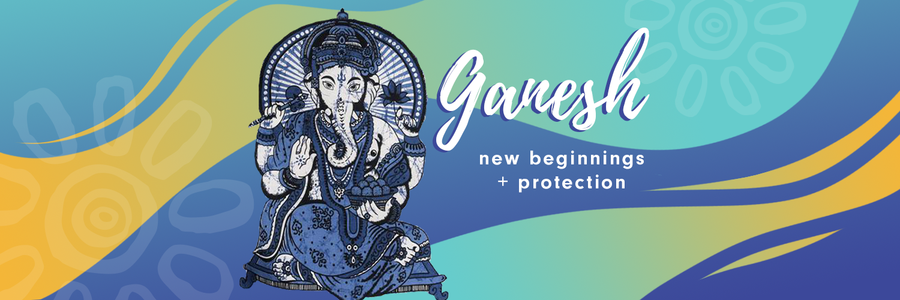
Elephants: Symbolism Across Cultures
- Aug 7, 2020
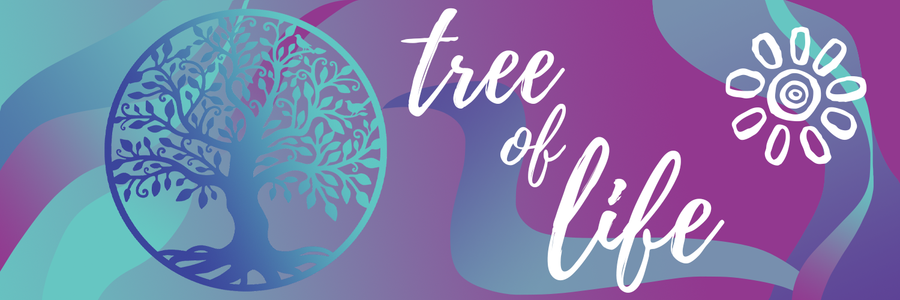
TREE OF LIFE: SYMBOLISM ACROSS CULTURES
- Jul 27, 2020
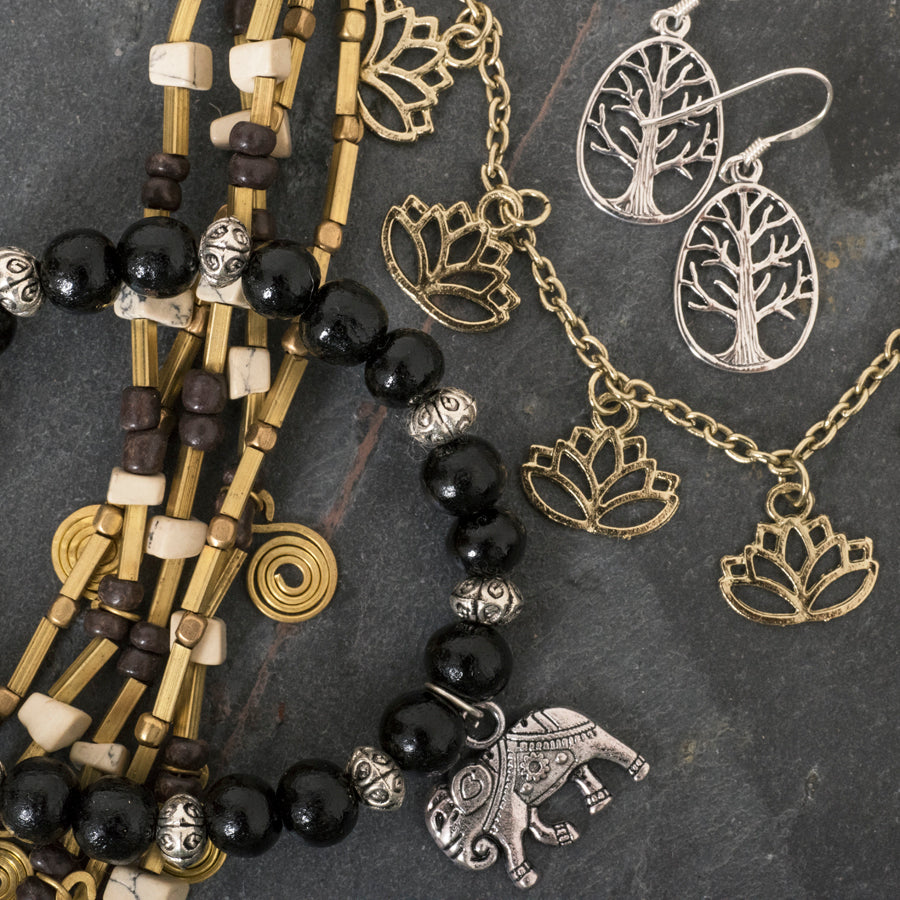
Sacred Symbolism for Positive Energy: Tree of Life, Lotus, Elephant, and Spiral
- Feb 8, 2018
Showing
1
Of
2


